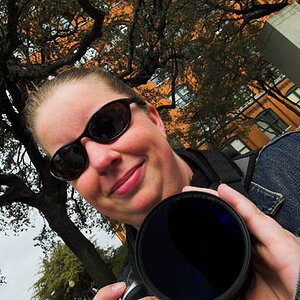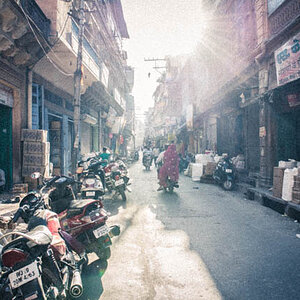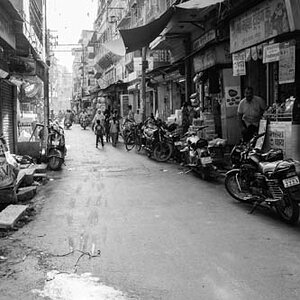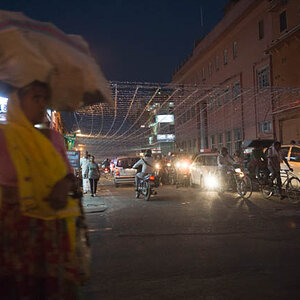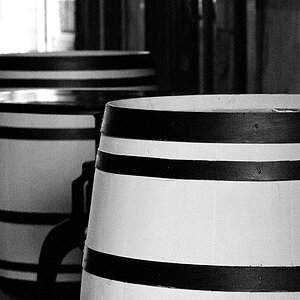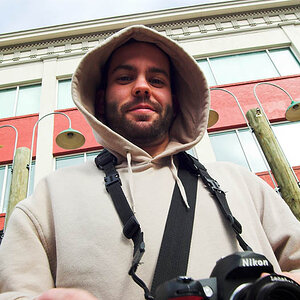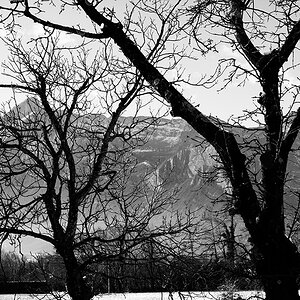- Joined
- Sep 13, 2013
- Messages
- 1,545
- Reaction score
- 636
- Location
- United States, PNW
- Can others edit my Photos
- Photos OK to edit
OK, one more question!
Let's say I have a 24-70 f4
I am tempted to upgrade to a 2.8 BUT a newer camera is available that will give me 2.5 EV - which seems like it would negate the need for the 1 extra stop of light from the lens?
Maybe I'm in correct - but just trying to judge whether to upgrade the camera for all around greatness or the lens for that 1 extra stop - I do shoot in darker conditions.
Let's say I have a 24-70 f4
I am tempted to upgrade to a 2.8 BUT a newer camera is available that will give me 2.5 EV - which seems like it would negate the need for the 1 extra stop of light from the lens?
Maybe I'm in correct - but just trying to judge whether to upgrade the camera for all around greatness or the lens for that 1 extra stop - I do shoot in darker conditions.


